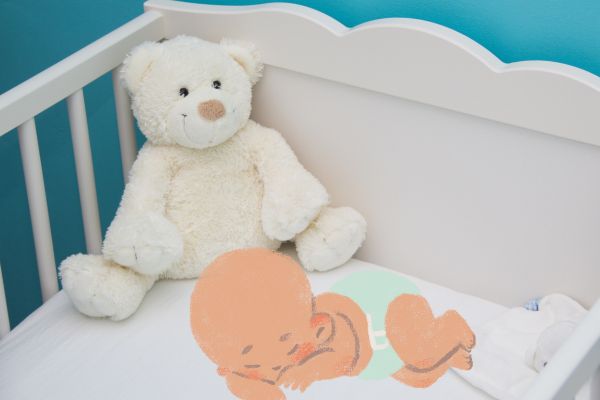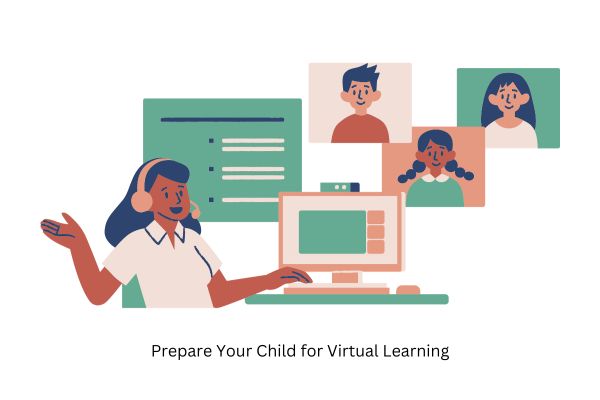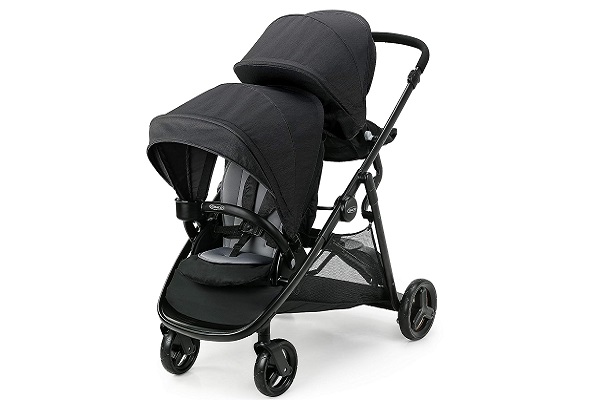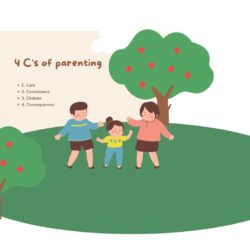Many parents swear by the versatility of a Pack N Play. This portable crib offers a familiar sleeping environment for your little one, whether you’re at home or travelling. But with so many sleep options available, you might wonder if a Pack N Play is safe and suitable for nightly use. The answer is a resounding yes, with a few key considerations.
Safety First: Creating a Secure Sleep Space
The American Academy of Pediatrics (AAP) recommends a firm, flat sleep surface to reduce the risk of Sudden Infant Death Syndrome (SIDS) and other sleep-related issues. Pack ‘n plays are explicitly designed for safe sleep and, when used correctly, meet safety standards set by the Consumer Product Safety Commission (CPSC).
Here's how to ensure your pack 'n play provides a safe sleep for your baby:
- Use the pack ‘n play mattress: Resist the urge to add padding or extra blankets. The mattress that comes with the pack ‘n play is designed to be firm and supportive for optimal safety.
- Keep it bare: Avoid adding loose items like stuffed animals, pillows, bumpers, or blankets to the pack ‘n play. These items can increase the risk of suffocation or overheating.
- Fitted sheet only: A well-fitting sheet that hugs the mattress snugly is all you need.
- The correct position: Always place your baby on their back to sleep, which is the safest sleep position according to the AAP.
Pack 'n Play vs. Crib
- Portability: Pack ‘n Plays excels in portability. They fold compactly, making them ideal for travel, daycare, or grandparents’ houses.
- Space-saving: A pack ‘n play’s compact footprint can be a lifesaver for smaller living spaces.
- Bassinet option: Many pack ‘n plays come with a detachable bassinet insert, offering newborns a cosy and more confined environment.
- Durability: Cribs tend to be sturdier and more long-lasting, accommodating your baby as they grow.
- Familiarity: If your baby is used to sleeping in a crib, transitioning them to a pack n play for occasional use might require adjustment.
Making the Pack N Play Work for Your Family's Needs
Whether you choose a pack N play as your primary sleep solution or use it for occasional naps and travel, here are some tips to optimize its use:
- Nighttime routine: Create a consistent bedtime routine, regardless of where your baby sleeps. It will help signal your baby that it’s time to wind down and prepare for sleep.
- White noise: Consider using a white noise machine to create a calming sleep environment.
- Monitor placement: Keep a video monitor close by for peace of mind, especially during the newborn stage.
- Gradual transition: If you eventually move your baby to a crib, introduce them to the crib for short naps or playtime during the day. This gradual exposure can help ease the transition when the time comes.
When to Consider a Crib
While pack ‘n plays are perfectly safe for nightly sleep, there are situations where a crib might be a better fit:
- Your baby is a climber: As your baby gets older and more mobile, they might attempt to climb out of the pack ‘n play. A crib with higher sides can offer more security in this case.
- Multiple night wakings: If your baby wakes frequently at night and requires frequent feeding or diaper changes, a sturdier crib might be more convenient for you as a parent.
- Long-term use: Cribs are generally designed for more prolonged use, accommodating your baby as they grow into a toddler.
Whether to use a pack ‘n play or a crib for nightly sleep depends on your needs and preferences. Both options can provide a safe and comfortable sleep environment for your baby. Always consult your paediatrician for personalized advice for any concerns or questions.
Sweet Dreams for Your Little One
No matter which sleep solution you choose, creating a safe and loving sleep environment is paramount for your baby’s well-being. Whether you use a Pack N Play or a crib, consistency and following safe sleep practices will help your little one drift off to dreamland peacefully.





